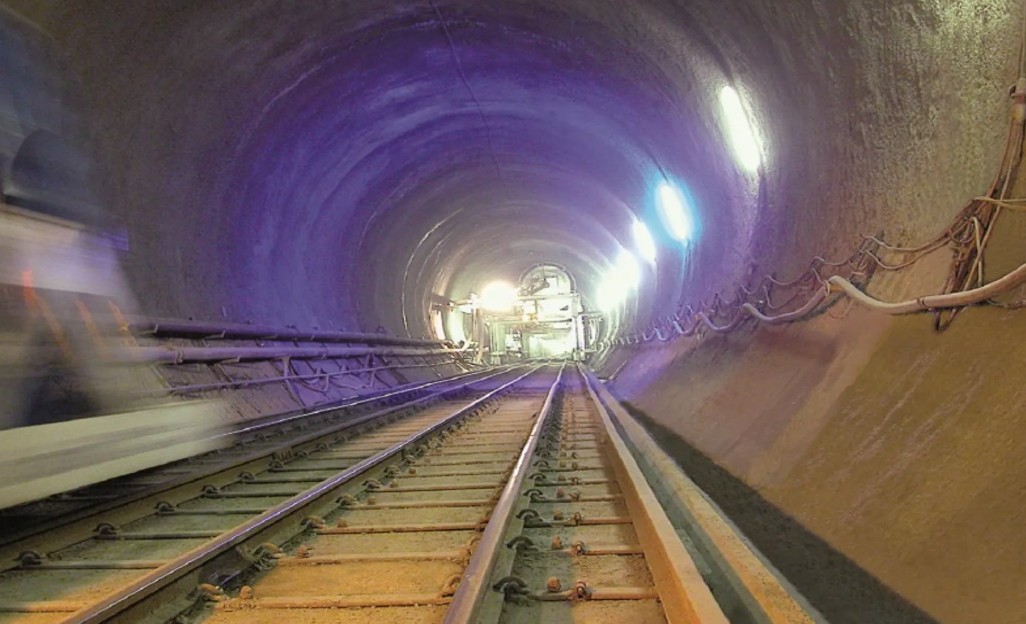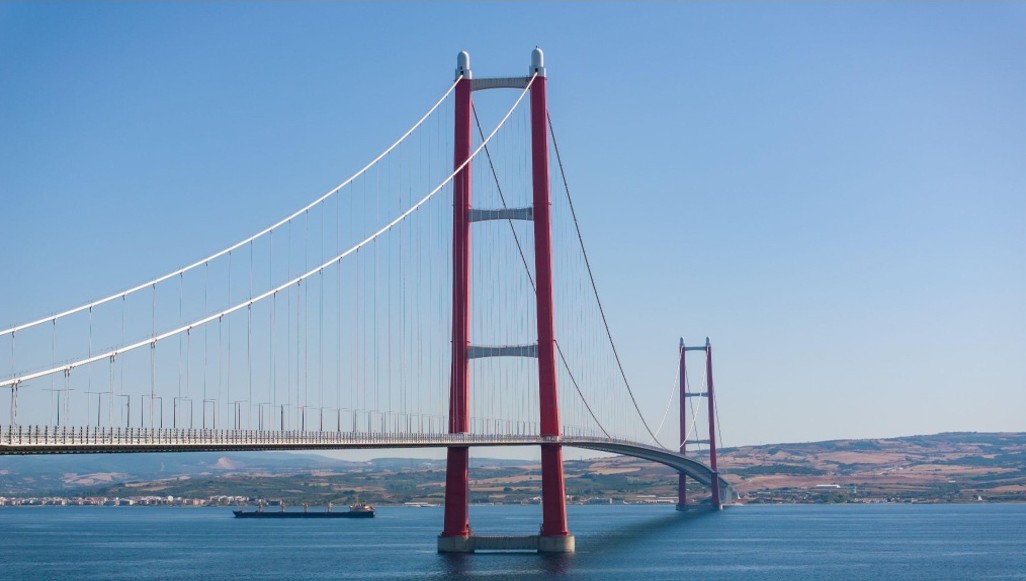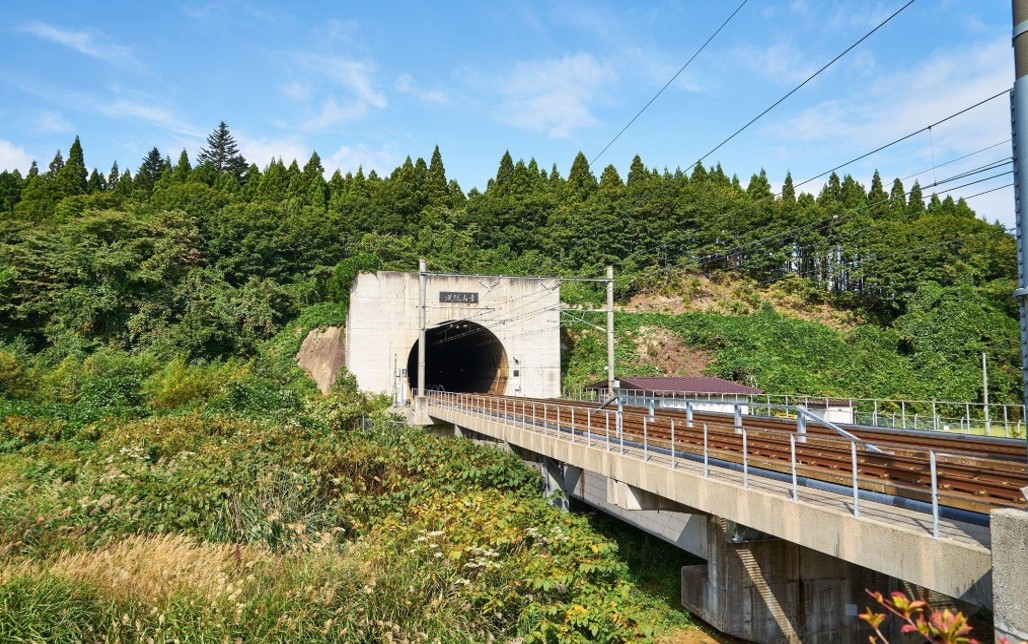Tunnels, bridges, and roads that had to face highly complex environmental conditions, adapting to the natural context to make certain routes more accessible, challenging human ingenuity.
These are four examples of how engineering managed to create paths where it once seemed impossible.
1. Gotthard Tunnel (Switzerland)
Webuild constructed the Bodio and Faido sections of the Gotthard Base Tunnel, the longest railway tunnel in the world.
Located in the southern part of the Gotthard Train Tunnel, these segments cover approximately 30 kilometers of the total route and include an underground multifunctional station designed to ensure safety and efficiency.
The Gotthard Tunnel project has revolutionized connections between Northern and Southern Europe, improving mobility between Italy and Switzerland and making rail transport faster and more sustainable.
2. July 15 Martyrs Bridge (Bosphorus, Turkey)
The July 15 Martyrs Bridge, the Istanbul bridge that crosses the Bosphorus Strait, connects the European and Asian continents. Inaugurated in 1973, it was the city’s first suspension bridge and has become a symbol of unity between two worlds.
Today, this Bosphorus bridge serves as a crucial hub for urban mobility and stands as an icon of modern Turkish engineering.
3. Trans-Saharan Highway (Africa)
Algeria is nearing completion of the Trans-Saharan Highway, a nearly 5,000-kilometer road connecting Algiers to Lagos and crossing six African countries.
Along the route, a fiber-optic system has also been installed, transforming the road into an economic and digital corridor. The project aims to strengthen trade and support the development of local communities, fostering integration and connectivity between the northern and southern regions of the continent.
4. Seikan Tunnel (Japan)
The Seikan Tunnel, inaugurated on March 13, 1988, is a masterpiece of Japanese engineering. This partially-underwater tunnel stretches approximately 53.85 kilometers, with 23.3 kilometers running beneath the Tsugaru Strait, reaching about 100 meters below the seabed.
Today, this Japanese tunnel accommodates up to around 50 trains per day, including the famous Shinkansen, ensuring both freight and passenger transport between Honshū and Hokkaidō.




